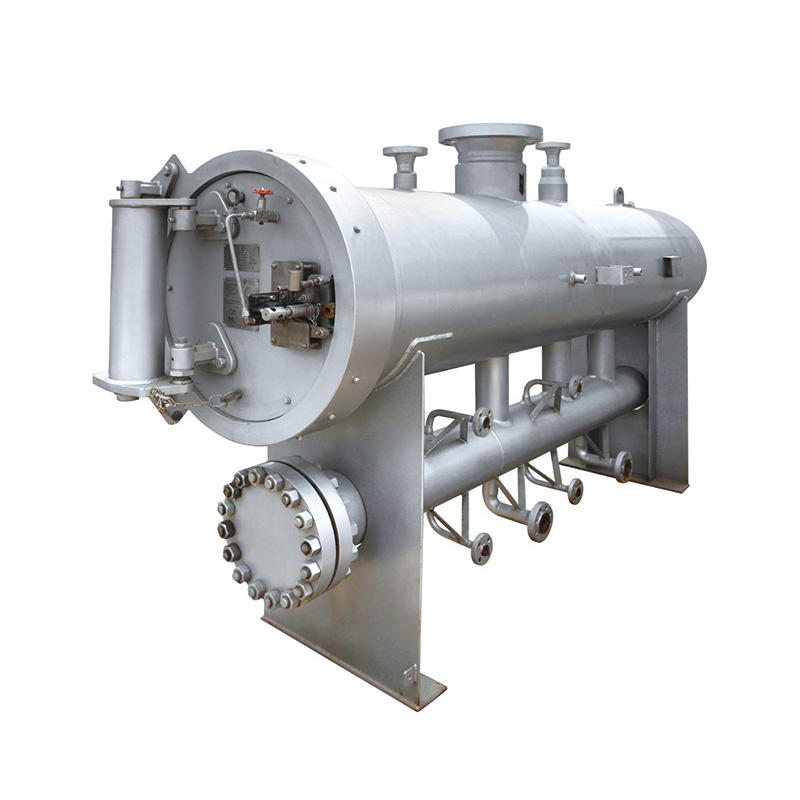
Oct . 15, 2024 08:10
Back to list
coalescing filter
Understanding Coalescing Filters The Key to Efficient Liquids Separation
Coalescing filters play a crucial role in various industries, particularly in the separation of liquids from gases or the removal of contaminants. These specialized filters are designed to enhance the efficiency of filtration processes, especially when it comes to separating immiscible liquids such as water from hydrocarbon fuels or oils. This article will explore the principle of coalescing filters, their applications, and the benefits they bring to filtration systems.
At its core, a coalescing filter operates on a simple yet highly effective principle it allows small droplets of liquid to come together or “coalesce” into larger droplets as they pass through the filter media. This process is vital for removing fine water droplets from fuels, thereby preventing engine damage and ensuring the longevity and reliability of machinery. The filters are typically made from a fibrous media that possesses a high surface area, promoting effective droplet interaction and growth.
The operation of a coalescing filter hinges on several key factors, including droplet size, flow rate, and the physical properties of the liquids involved. When a mixture of gas and liquid enters the filter, the gas flows through the filter media while the liquid droplets are trapped. As more liquid droplets are filtered, they begin to merge, forming larger droplets that can eventually overcome surface tension and exit the filter as a distinct layer. This layer can then be drained away, resulting in cleaner gas or liquid streams.
coalescing filter

Coalescing filters are widely used in a range of applications. In the oil and gas industry, they are critical for protecting equipment by removing water and particulate matter from fuel. Similarly, in the pharmaceutical industry, they are employed to ensure the purity of raw materials by filtering out contaminants from solutions. Water treatment facilities also benefit from coalescing filters, utilizing them to remove oil and grease from wastewater before it is discharged into the environment.
One of the primary advantages of coalescing filters is their ability to enhance efficiency. By effectively removing water and other contaminants, they help maintain the quality of the final product, reduce the risk of operational issues, and prolong the life of equipment. Furthermore, coalescing filters typically have a lower pressure drop compared to traditional filters, allowing for lower energy consumption and operational costs.
Another significant benefit is that coalescing filters can often be used in conjunction with other filtration technologies. For instance, they can be placed upstream of membrane filters or other downstream processes, ensuring that these systems operate optimally and are protected from fouling or clogging.
In conclusion, coalescing filters are indispensable in modern filtration processes across various industries. By efficiently separating immiscible liquids and removing contaminants, they contribute to improved operational reliability and product quality. As industries continue to prioritize sustainability and efficiency, the relevance of coalescing filters is likely to grow, highlighting their importance in industrial filtration solutions. Understanding their mechanisms and applications is essential for any professional working in sectors that rely on clean, high-quality fluids.
Latest news
-
Safety Valve Spring-Loaded Design Overpressure ProtectionNewsJul.25,2025
-
Precision Voltage Regulator AC5 Accuracy Grade PerformanceNewsJul.25,2025
-
Natural Gas Pressure Regulating Skid Industrial Pipeline ApplicationsNewsJul.25,2025
-
Natural Gas Filter Stainless Steel Mesh Element DesignNewsJul.25,2025
-
Gas Pressure Regulator Valve Direct-Acting Spring-Loaded DesignNewsJul.25,2025
-
Decompression Equipment Multi-Stage Heat Exchange System DesignNewsJul.25,2025

